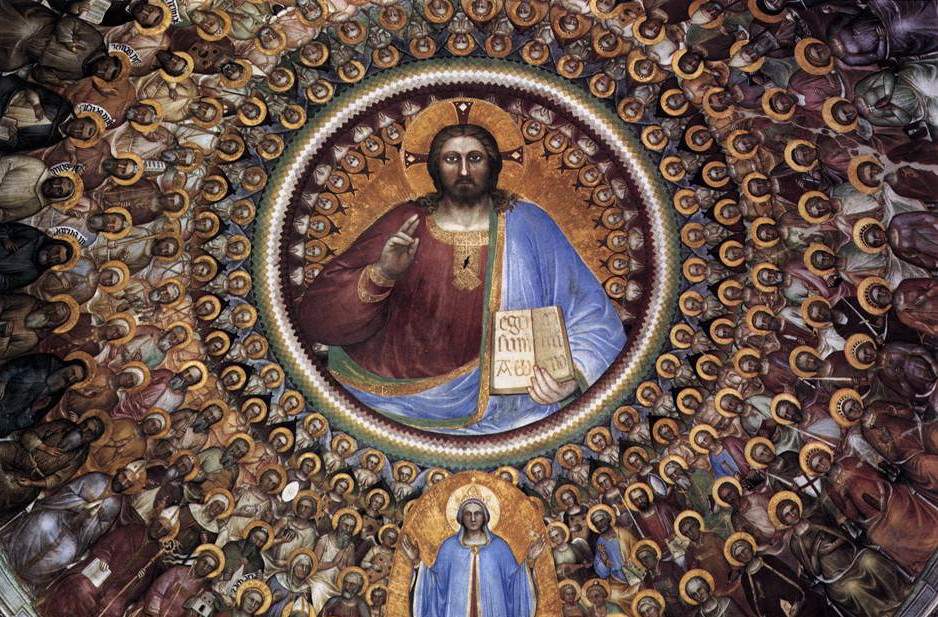Padua: an innovative visiting mode to enhance the Baptistery and the heritage of Domus Opera
Domus Opera was born. Cathedral and Baptistery, Bishop’s Palace and Diocesan Museum: with this new name, deliberately in Latin to express the specificity and multiplicity of symbolic, historical and cultural values of the entire artistic-monumental complex, we will refer to the complex of artistic and architectural assets that overlook Piazza Duomo in Padua. By Domus we qualify the building “of the Cathedral” (the Cathedral), the Bishop’s house (Bishop’s Palace) and the Church; by Opera we denote all the buildings and artifacts built over the centuries in the “episcopal citadel.”
The new name is accompanied by a new project for the enhancement and promotion of the artistic heritage that the Diocese of Padua wanted and implemented in partnership with the cultural enterprise Kalatà of Mondovì (Cuneo), which is already active nationwide with projects for the enhancement and enjoyment of the Italian cultural heritage. The project is the result of a long process started through an initial analysis by the Fitzcarraldo Foundation, and continued with the acquisition of various expressions of interest until the choice of the management plan proposed by Kalatà.
The aim is to propose aninnovative way of visiting the cultural heritage of Domus Opera, enhancing the Cathedral Baptistery with its cycle of frescoes by Giusto de’ Menabuoi, masterpieces of the fourteenth century in Padua, since one year (July 24, 2021) inscribed in the Unesco World Heritage Site The fresco cycles of the fourteenth century of Padua - Padova Urbs Picta. The public will be accompanied to learn about the work, immersing themselves in its history through the use of the most advanced technologies.
Starting July 9, Kalatà will manage this new itinerary, defined in synergy with the Diocese: the entrance to the Baptistery will no longer take place directly from Piazza Duomo but from inside the Cathedral, entering the Sala del Capitolo (pre-reading multimedia room), curated by NEO (Narrative Environments Operas) for the multimedia part, and by Professional Show for the technological installation. Here the public will be able to enjoy animmersive experience in the artistic context of Giusto de’ Menabuoi’s frescoes, thanks to a special lighting system, created by I-Guzzini, the project’s technical sponsor.
This enhancement is part of the path that has already seen the restoration of the entire pictorial cycle of the Baptistery, supported by the Mic - Soprintendenza Archeologica Belle Arti e Paesaggio for the metropolitan area of Venice and the provinces of Belluno, Padua and Treviso.
From July 9, the new route will be open to the public with the possibility of choosing different visit options:
- visit to the Baptistery with audio guide, in Italian, English, German, French and Spanish lasting about 45 minutes, starting from the Chapter House.
- guided tour of the Baptistery and the Diocesan Museum, lasting about 90 minutes, starting from the Diocesan Museum and the Bishop’s Palace (about 30 minutes), followed by the Baptistery; in this case the visit will be conducted, upon reservation, by a qualified guide.
A visit to the Diocesan Museum alone will also be possible.
 |
| Padua: an innovative visiting mode to enhance the Baptistery and the heritage of Domus Opera |
Warning: the translation into English of the original Italian article was created using automatic tools. We undertake to review all articles, but we do not guarantee the total absence of inaccuracies in the translation due to the program. You can find the original by clicking on the ITA button. If you find any mistake,please contact us.





























